The Beginner Guide to Generate Visual Assets in Chat GPT
How to generate stunning images, illustrations, and icons in Chat GPT
Part 1
I am excited about the image generation tool in ChatGPT and have been experimenting with it non-stop this summer.
The problem is I can iterate for hours without happy results. It is super easy to experiment for fun but when I need to prompt for a serious task. It could be a struggle.
If you stare into your ChatGPT canvas and do not know how to start. Here is an easy guide for beginner.
Structure for easy prompting
Here is a structure for an image prompt. This prompt structure can save you time and money.
.
Basic Prompt Formula: [Description of Subject], set against a [Type of Background] in [Colour], evoking a [Mood or Theme or Style] aesthetic
And you can add more attributes above to the prompt if you like. Keep this checklist to save you time.
This will also save you money if you are not ready for a subscription for ChatGPT Plus
Subject
Always start with a subject that you want to include. You do not need to be grammatically correct to start with. ChatGPT understands perfectly well, even if you are not precise with the grammatical rules. To help with understanding ChatGPT and improve processing time. Use commas.
Example: durian slice, realistic advertising photo, perfect white backgroundBackground
Ask yourself, what kind of background would add to the story-telling element of your image? Get granular and as detailed as possible. If you have trouble visualizing your outcome. Get out a sketchbook to draw a quick sketch. Or if you do not want to draw, write down a few details in a checklist format.
Example:A fashion-forward young person crossing a bustling city street in front of the iconic Duomo di Milano. They wear a vibrant, textured turquoise jacket that pops against the muted urban tones. Surrounding them are vintage cars, old buses, and casually dressed locals, creating a candid, documentary-style street scene.
What kind of relationship does the subject have with the background?
If you want to highlight the subject against the background. make sure to write “[subject] pop against the [background].
Lighting
The correct lighting is capable of conveying a mood, selling your stories, and eventually your products. Pick the right lighting for your shots.
Getting yourself familiar with the lighting terms is the key to prompting effectively and in the way that you want.
I make a checklist of lighting styles and adjectives to make the prompt-writing process more fun for you.
Flash-lit photos often convey a sense of rawness, artifice, or immediacy. The harsh, direct light can feel unfiltered and honest, but also intrusive or stylized—evoking paparazzi, nightlife, or surveillance vibes. Depending on the context, they can feel candid and vulnerable or deliberately retro and glamorous.
You want to use natural golden lighting, warm tone when you sell wellness lifestyle, a desire to be close to nature.
Cinematic lighting uses dramatic contrasts, soft glows, directional light, and rich shadows to create emotion, depth, and atmosphere—similar to what you'd see in film. It evokes a sense of immersion, storytelling, and visual polish, often used to make an interface or experience feel more premium, moody, or emotionally resonant.Netflix use this style to sell their series. While Notion uses a moody lighting for their promo assets.
Studio lighting is a standard setup to do product photography. Studio lighting offers control, precision, and polish. You want studio lighting when doing commercial, fashion, and portrait photography.
Do not be shy to combine different lighting styles and experiment. The key is to have fun.
Color
Color is an important device in a designer’s toolbox. Mastering color is the key to great image prompting.
Understand different color styles will give you the outcome that you want.
- Bold Colors(Deep reds, electric blues, saturated greens)Use when you want to:
Command attention or create urgency (e.g. CTAs, startup landing pages)
Convey confidence, power, or clarity
Make minimalist designs pop with high-contrast focal points
Think: Stripe’s branding, editorial websites, or protest posters
- Jewel Tones(Emerald, sapphire, amethyst, ruby)Use when you want to:
Evoke luxury, richness, or sophistication
Appeal to a more mature or elegant audience
Create a moody, cinematic or dramatic aesthetic
Think: High-end fashion, fintech, or modern wellness apps
Candy Colors(Bubblegum pink, mint green, lemon yellow)Use when you want to:
Feel playful, youthful, or friendly
Create approachability and joy in a product
Stand out in a crowded market with whimsical or nostalgic vibes
Think: Duolingo, Pinterest, or Gen Z-focused brands
Muted Colors (Soft sage, dusty rose, warm greys, desaturated blues)Use when you want to:
Create a calm, gentle, or minimalist experience
Convey maturity, sophistication, or emotional depth
Let content or photography stand out without distraction
Evoke nostalgia, warmth, or introspection
Think: Notion, Headspace, Kinfolk, or modern wellness and journaling apps
How to create depth and realistic ouput?
A big challenge when prompting images is the output image could look fake, and lacking depth.
To fix this we need to focus on several subtle elements like depth, shadow and texture.
Shadow
Shadow is an element that you cannot really see but it could make a big difference when you add the simple word for your prompt
Use “soft shadow” when you want low contrast, subtle manipulation of light.
Use “dramatic, sharp shadow” when you want to surprise and impress.
Texture
Texture is a powerful tool to create realism and evoke emotion in the piece. For texture, a little goes a long way. You can use keywords like “emphasize on texture, showing subtle texture” to create the desired effect.
Prompt: durian slice, realistic advertising photo, perfect white background, floating in the air, highly detailed, full body, high quality, studio lighting, 3d rendering style, movie style texture, emphasis on texture, minimalistic, professionally color gradedThis prompt from Gizak Dag is a masterclass in using texture
A round, frameless mirror lying on a sandy beach, surrounded by ripe peaches and glass bottle mockups with minimal white labels. The mirror reflects the sky and the bottles placed above it, creating a surreal, dreamy composition. Soft natural lighting, warm tones, and a clean, editorial aesthetic. Emphasis on reflections and textures, the glossy surface of the bottles, the softness of the peaches, and the subtle granules of sand.3D Depth and Reflectivity
If your output turned out too flat. Try to describe shadow and light of the subject in the photos. You can also add the simple keywords like
emphasize on 3D Depth and Reflectivity
bring out the depth of field
My experience is that the more granular description of light and shadow bring in more refined results. But the simple prompts that describe depth and reflectivity is very beginner-friendly.
How to produce the artistic style that sell?
Composition & Style
Your images can be a money-printing machine if you pick the right composition and the right styles.
Ask yourself:
What do your audience crave?
How to make this emotional?
How to make yourself different from the competitors?
How to make something look aspirational?
Some examples of very good composition and styles


Some keywords you can use to experiment with your composition and styles:
Editorial, high-fashion when you want to promote legacy, authority and trust.
Dystopian, indie, dusty, urban when you want to promote an indie, counter-culture spirit.
The richer your design vocabulary is the better your prompts will be. I highly recommend you spend sometimes to binge-read It’s Nice That. The publication will inspire your mind, provide you with plenty of keywords to experiment and make you a better prompter.
How to add authenticity to your image?
If you want your photos to look more authentic, add UGC (user generated content), Gen Z model to get an authentic feeling to your shots.
How to create the image in the dimension that you want?
You can ask Chat GPT to generate the image in the size that you want. Sometimes, it cannot meet the exact dimension but it will try to get as close as possible.
Example: Generate an illustration of a cozy reading nook with plants and warm lighting. Size: "1024x768".Also, you can specify the aspect ratio you want to create for your image. Just add
Aspect Ratio: [your choice of ratio]The most common aspect ratios:
1:1 (square)
4:3 (classic photo, more landscape)
3:4 (portrait)
16:9 (wide, like HD screens)
9:16 (tall, like Instagram stories or phone screens)
Who to follow for better AI Image Prompts?
😍 Salma Aboukarr wrote one of the most comprehensive guide to generate ads with ChatGPT. She also creates Qreates, a far more superior engine than ChatGPT to generate detailed product photography.
😍 Jarred Toister dropped a lot of good wisdom on how to generate AI ads at scale
😍 Ege Berkina shares banger tips on how generate gorgeous AI animations and icons. Also love his tips on how to generate consistent styles.
😍 And finally, my favorite creative director Gizem Akdag. You can see that I quoted her stuff a lot. Gizem is a champion of experiments. And she is very good making AI photos more authentic with great elements of storytelling. A true gem to follow.
The most exciting jobs in Design at the moment
Every Sunday, I picked my favorite job openings in Design at the moment. This week we have lots of exciting remote jobs.
Uniswap Labs is hiring a Senior Product Designer to lead design on cutting-edge DeFi products like the Uniswap Web App and Wallet. The role requires 5+ years of experience and offers $238K–$265K salary plus equity and crypto benefits. Remote in the US
Clearer.io is hiring a UX/UI Designer/Visual Designer to enhance user experiences across its eCommerce products. 1 years experience. Working from anywhere – Remote
Dragonfly is seeking designers—product, UI/UX, visual, or brand—to match with roles across its 150+ crypto/web3 portfolio companies. Working from anywhere – Remote
GrowthX AI is hiring a Visual Designer to craft compelling, AI-enhanced content visuals for diverse clients, collaborating with writers and strategists in a fully remote, U.S.-time-zone-aligned role.
Titan is seeking a freelance Brand Designer to craft and elevate their brand identity across various touchpoints. Titan is backed by a16z, GC, Sam Altman. Salary $50-$150/hour. Working from anywhere – Remote
I am around the internet on X.com and Linkedin. Please send me a message if you have any questions.
Please hit like if you enjoy this week’s letter. It would help me produce better work.
Warmest,
Sandra
Partner at Koi Capital



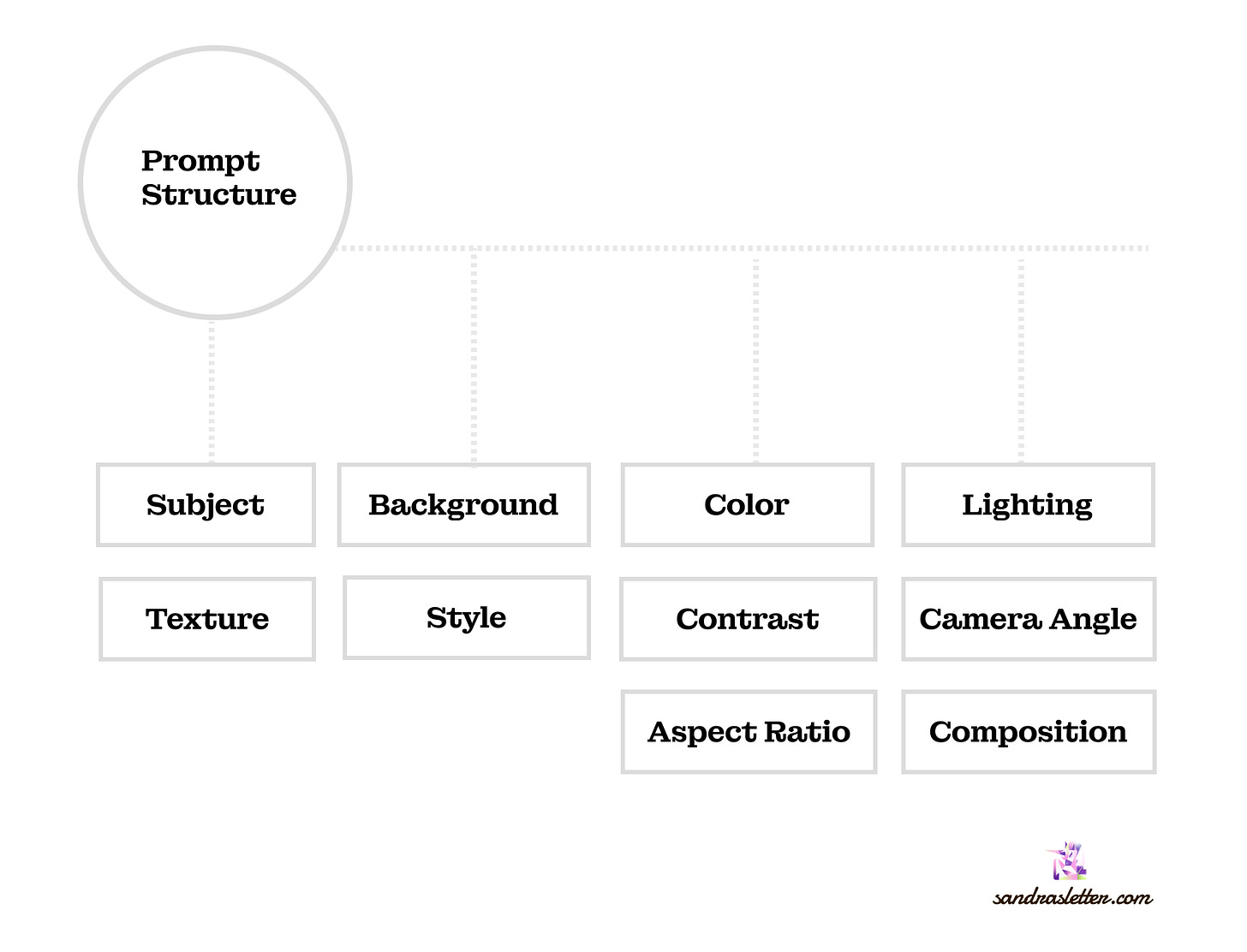
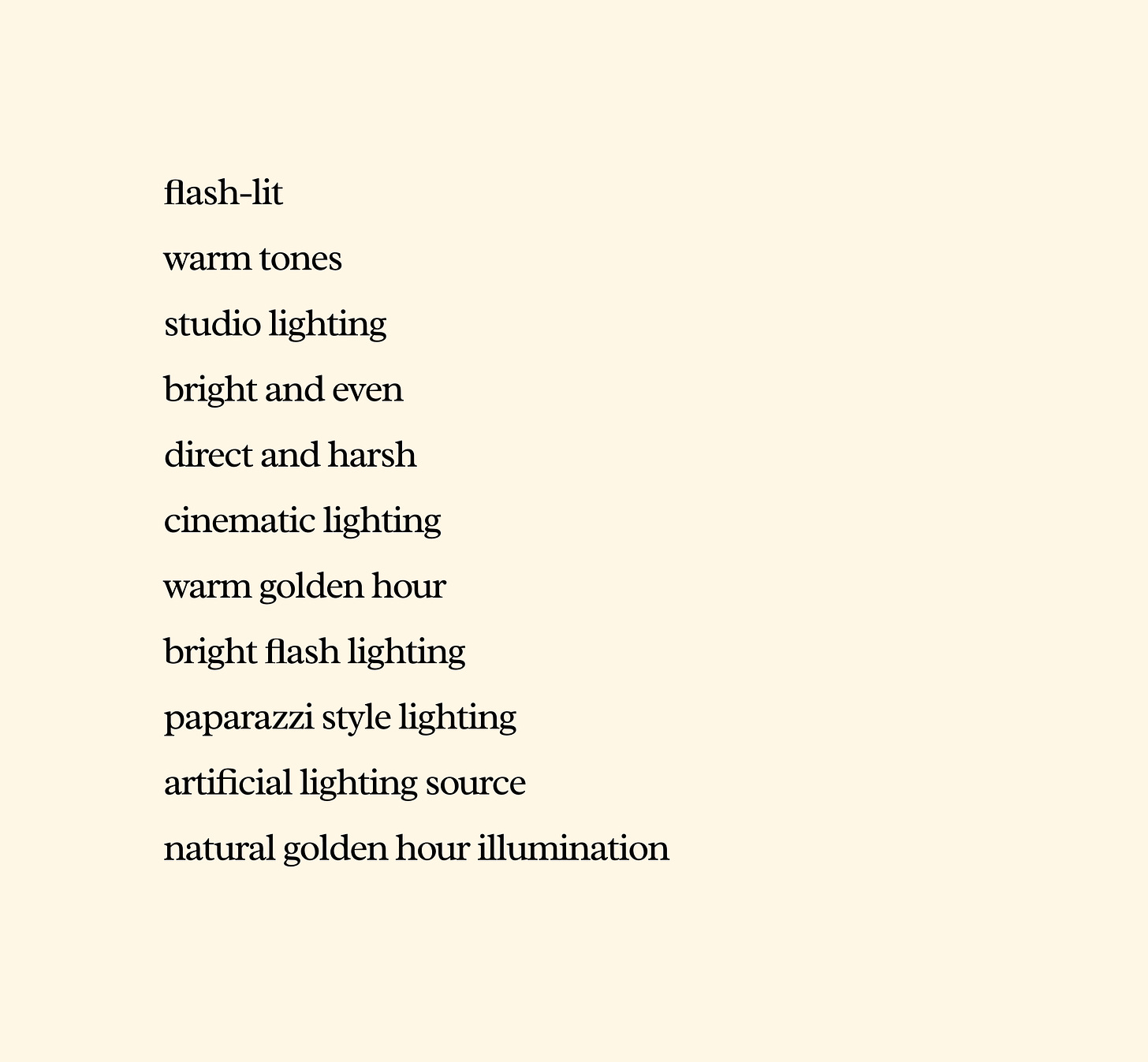
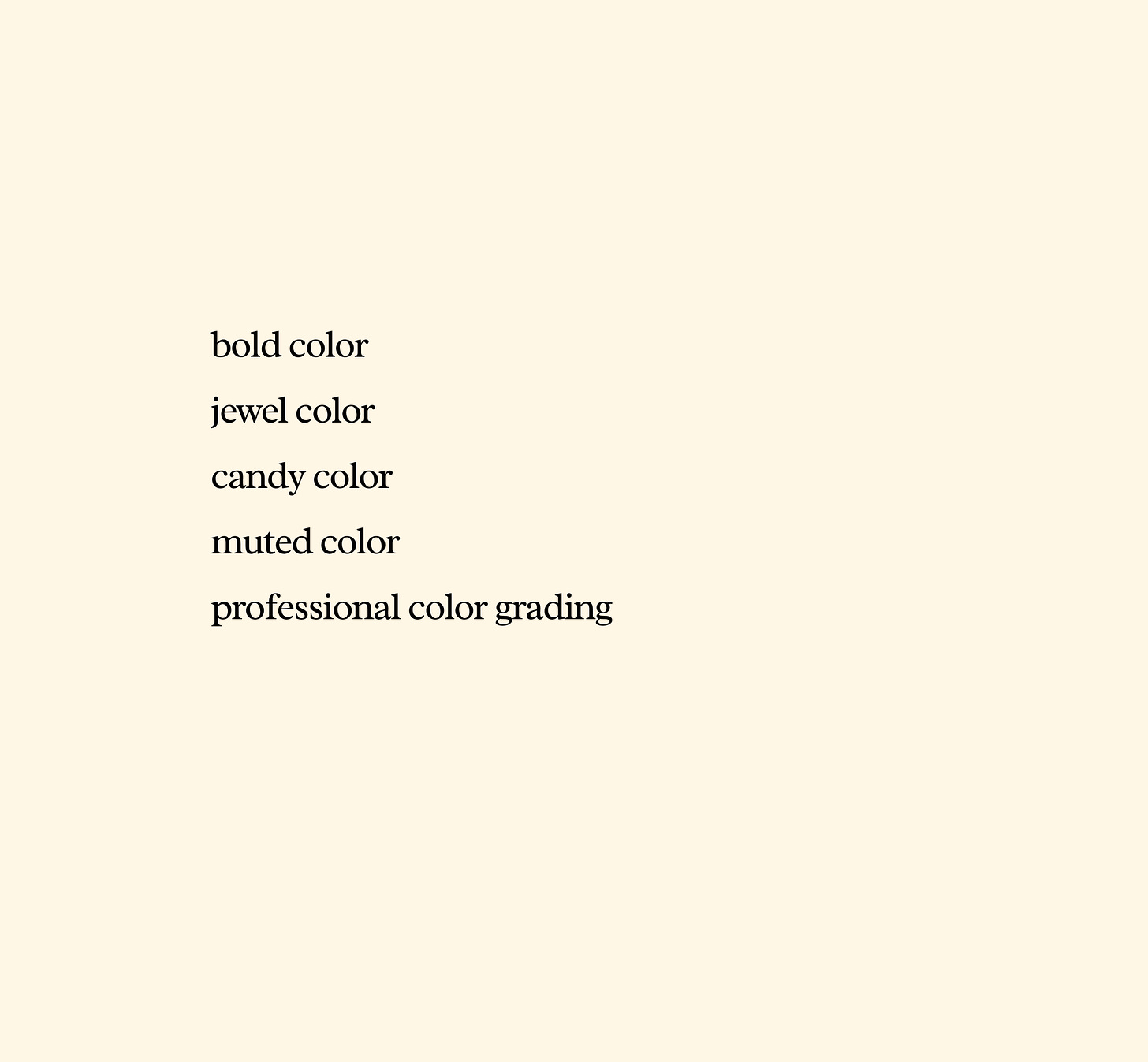
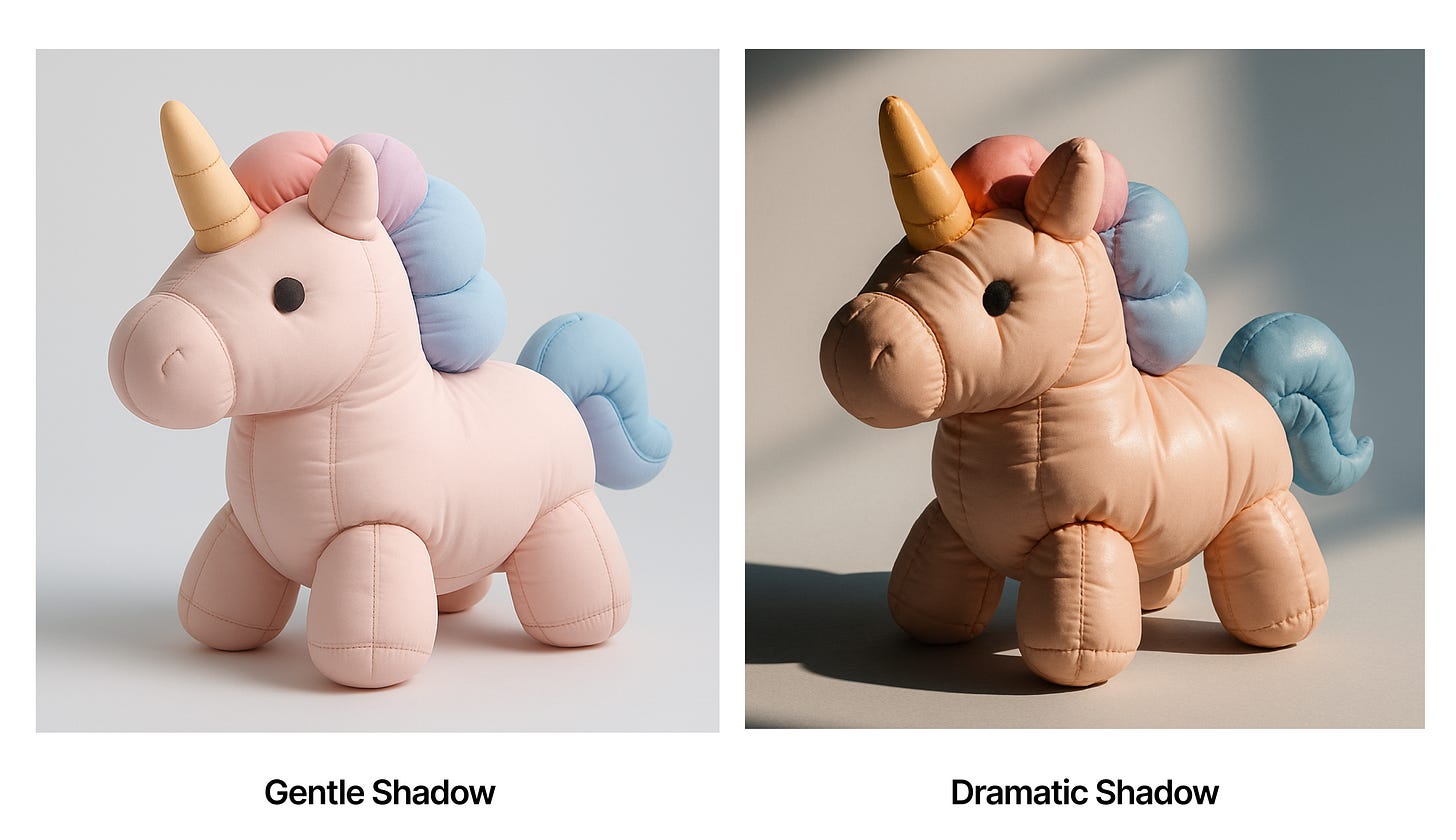
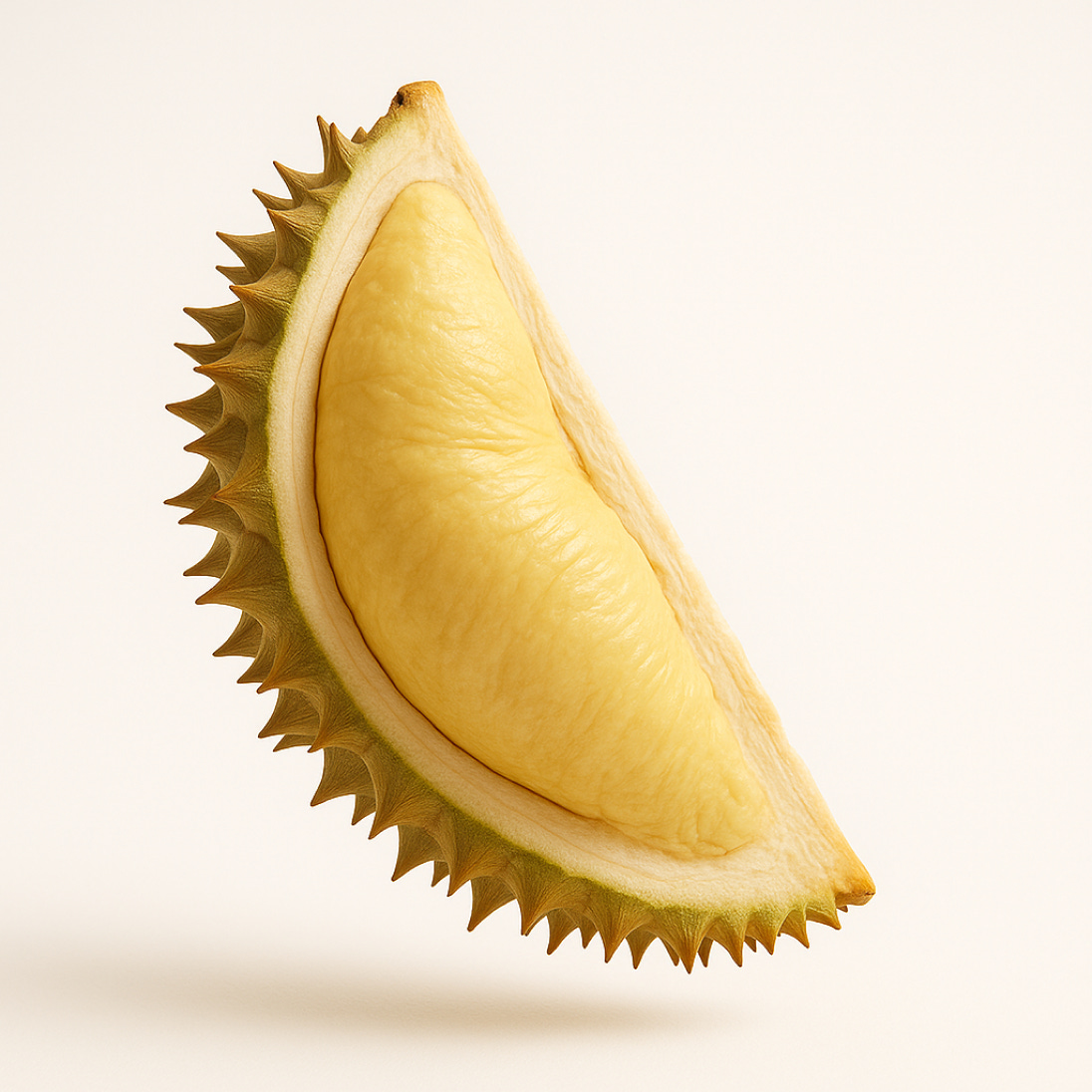
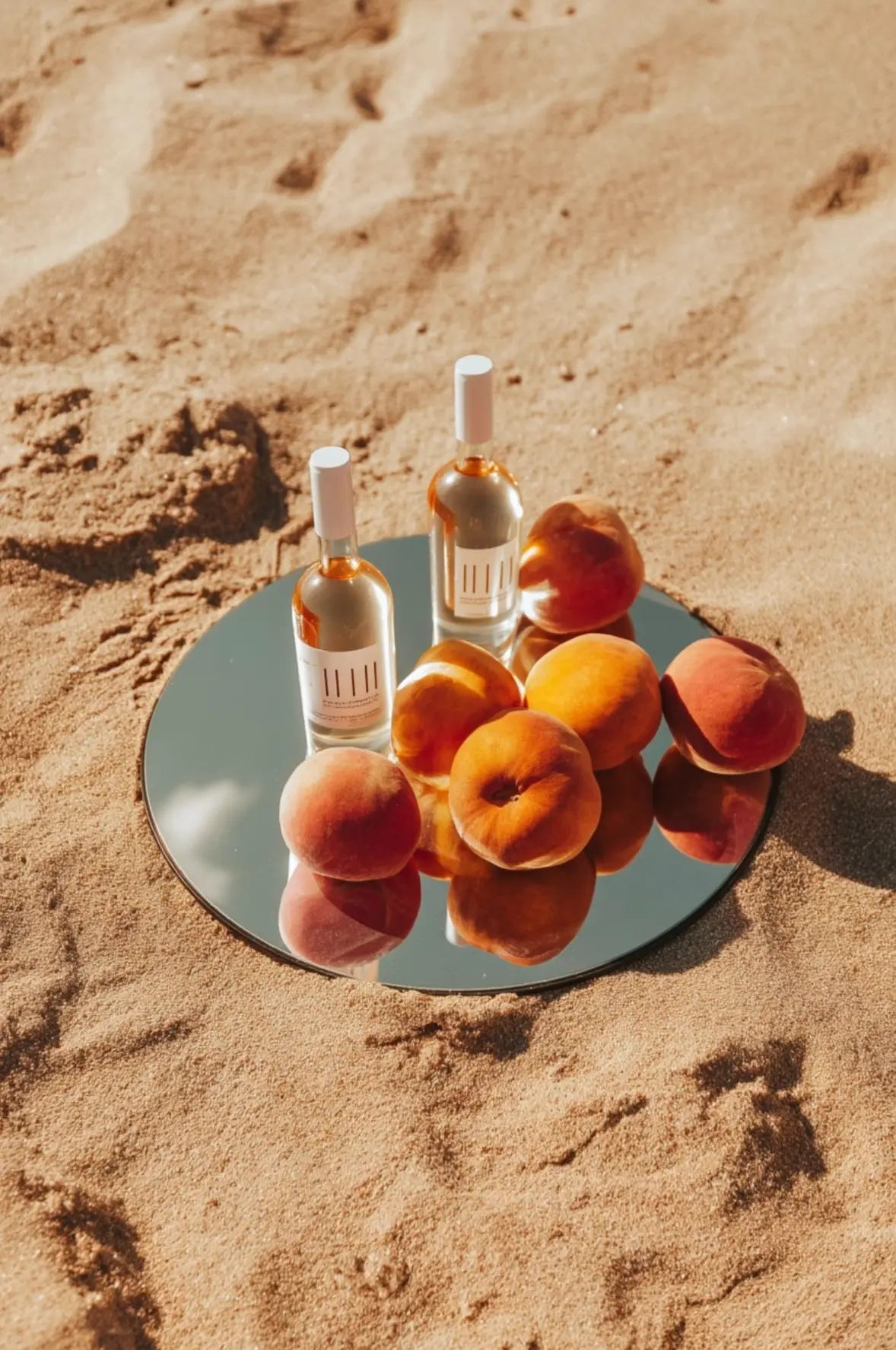
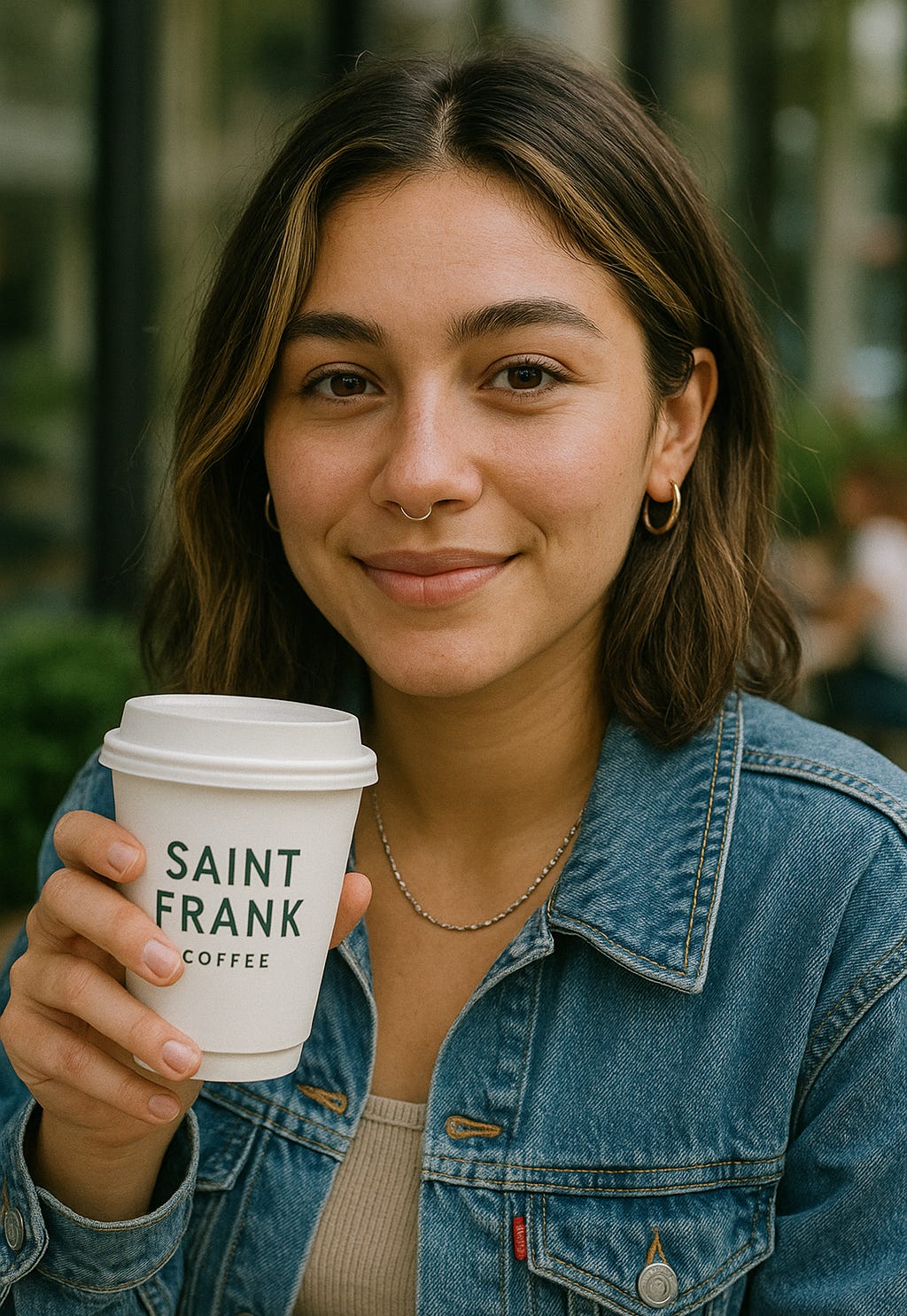
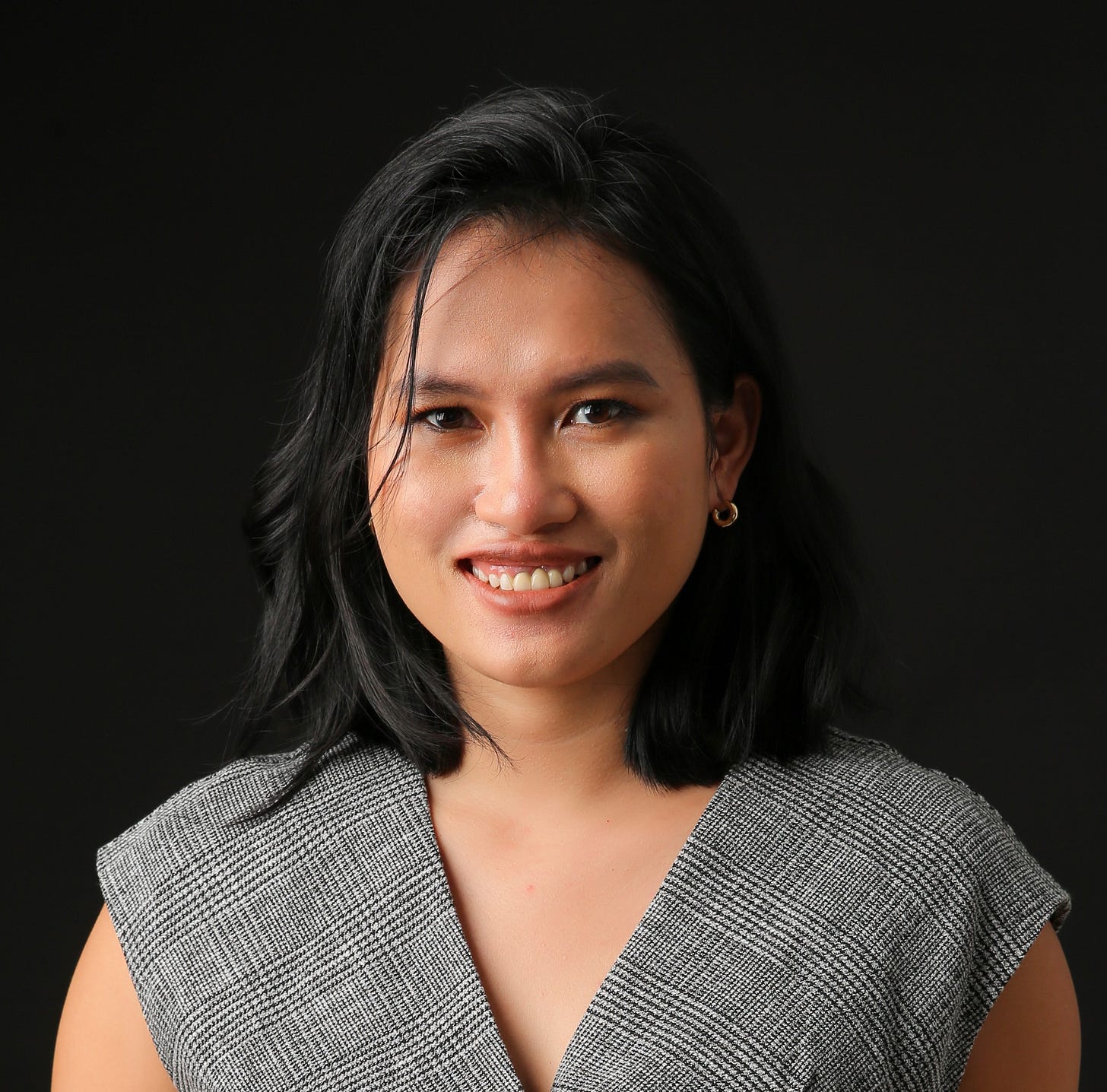
This was very useful Sandra - will put it to the test next time I’m generating images!